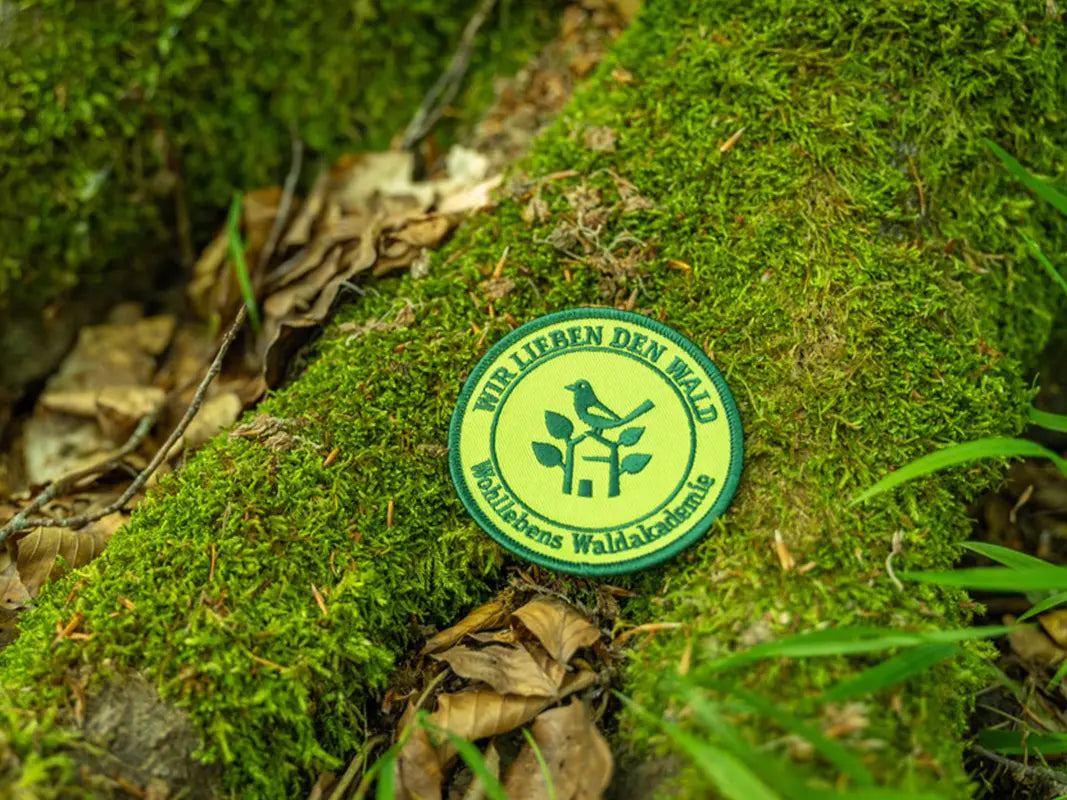What's the difference between hornbeam and common beech? We'll explain it to you!
Caution: Risk of confusion!
On your walks in the woods, you've probably wondered from time to time which tree you're looking at. While distinguishing between beech, oak, or maple is quite easy, we find it a bit more difficult with seemingly related tree species.
For example, the common beech and its half namesake, the hornbeam (also known as hawbeam or white beech), which are similar but, upon closer inspection, have noticeable differences.
Even our ancestors believed that the two species were related. It's no wonder this story still circulates today. We'll help you distinguish the two species without a doubt in the future. Tree expert Patrick presents the most important facts in our latest YouTube video.
The trunk of the common beech is smooth and grayish, becoming slightly wrinkled only at the tree's advanced age of 140 years. Just as with us humans, this is when the tree's life is revealed in its outermost layers. The smooth surface, which is young in age, allows for easy drainage of the water collected in the crown. Its special ability to regulate its water balance ensures a consistently cool and moist environment, which is a true delight not only for the tree itself but also for all other living creatures around it.
Two-thirds of Germany's land area would naturally be covered by the common beech. Due to its wide distribution, the species is known simply as 'beech' and is not referred to as a common beech by most people.
In our latitudes, beech trees form ecosystems with their own microclimate - if we allow them to!
Patrick loves the rustic appearance of the hornbeam, which is primarily given by its cracked bark. This structure develops with age and becomes increasingly pronounced over the years. The notches and bumps give the aging tree an increasingly enchanted and wild appearance. Today, the hornbeam, which incidentally belongs to the birch family, is often found as a hedge, in gardens, or in open landscapes. However, it also thrives in intact beech forests.
According to relevant literature, it reaches its maximum height at an impressive 25 meters. However, Patrick swears he's already spotted 30-meter giants. The trunk and bark aren't the only clues to identifying the correct species. The trees' foliage is also telling: While the common beech has smooth leaves without serrated edges or teeth, the hornbeam's leaves have serrated and serrated edges. Both species share the same oval shape and leaf size.
However, caution is advised: some copper beeches seem to adapt to the external appearance of the hornbeam, boasting a slightly serrated edge. It seems as if the hornbeam sets a tree beauty standard that inspires others to emulate it.
So, to summarize, budding tree identifiers should ideally take a closer look at the trunk and leaves. You'll surely also enjoy correctly classifying the tree and will want to test your skills on your next forest visit.
If there's still a risk of confusion, we recommend our online course "Identifying Trees," in which you'll learn the characteristics of 25 different tree species:






Leave a comment
All comments are moderated before being published.
This site is protected by hCaptcha and the hCaptcha Privacy Policy and Terms of Service apply.